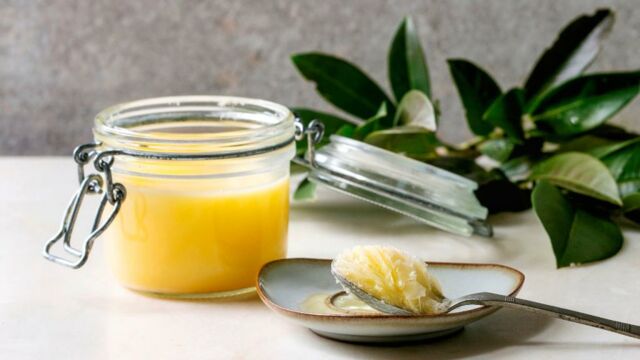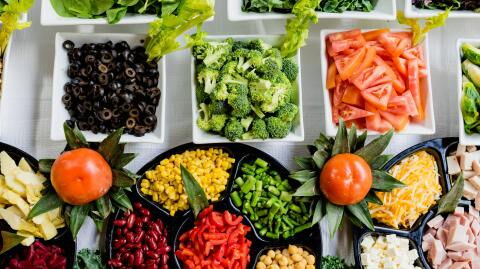Ghee is a clarified butter variant used in Middle Eastern and Indian cuisines. It's made from cow's milk that's been boiled at a low temperature until all the water has evaporated and just the milk solids remain. Ghee contains more nutrients than conventional clarified butter, since it is cooked at a low temperature. Mind you, the addition of ghee, makes your food even more tasty!
Discover our latest podcast
Some dishes, whether for supper or dessert, may call for butter. Butter not only enhances the flavour of some foods, but also used to replace oil in sautéed vegetables. While consuming butter isn't always harmful for you, depending on your nutritional needs, ghee may be a better alternative.
What is the difference between butter and ghee?
Ghee and butter have comparable nutritional profiles. While ghee is preferable for high-heat cooking, butter has a sweeter flavour that makes it a better choice for baking.
Is ghee good for you?
Ghee is said to contain oxidised cholesterol. This means that it adds the good cholesterol to your body, absorbing the low-density lipoproteins or the bad cholesterol.
- Rich in vitamin E
Ghee acts as a vitamin E reserve. Vitamin E has been demonstrated to have substantial antioxidant effects in studies. When other antioxidants mix with vitamin E there is a reduced risk of cancer, arthritis, and cataracts, in the body.
- Good for your heart
Omega-3 fatty acids and vitamin E found in ghee may help reduce inflammation and protect against heart diseases.
- Boosts intake of vitamin A
Ghee can help you get extra vitamin A, a fat-soluble vitamin that's crucial for eye, skin, and immune function, among other things.
- Combats Obesity
Ghee is a good source of CLA (conjugated linoleic acid). CLA has been shown in studies to aid in the fight against obesity. According to studies, the CLA present in ghee may aid in the reduction of excessive weight gain. It may also aid in the reduction of body fat mass in some individuals.
Since ghee contains less lactose and casein, ghee may be preferable for people who are lactose and casein intolerant.
It can be found in supermarkets, health food stores, organic farms, and on the internet. You may also make your own! Simply melt butter in a saucepan over medium heat until three layers form, and Voilà!















